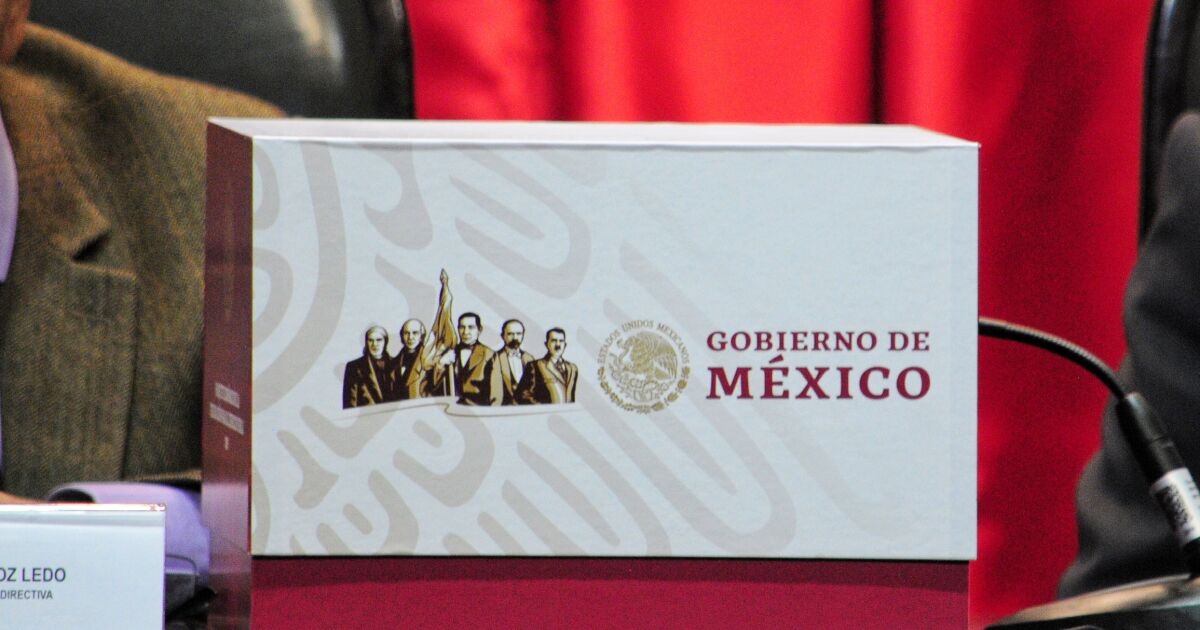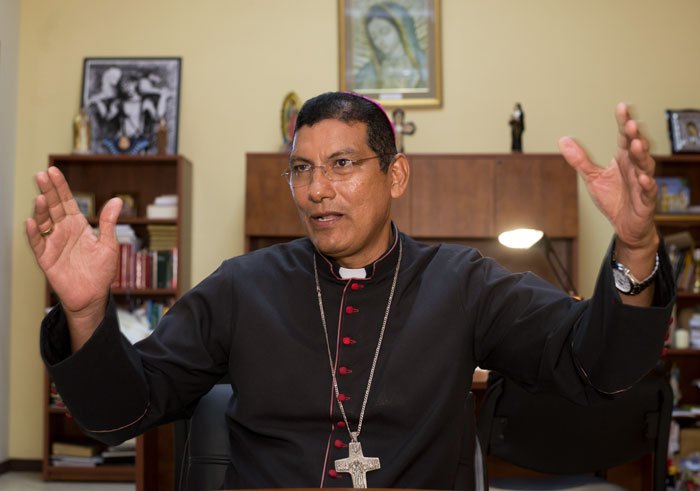macroeconomic framework
Consistently, the Ministry of Finance has erred in its macroeconomic forecasts, incorporating projections that have generally been very optimistic: in 2019 it expected growth of 2% and it was -0.2%, in 2020 it was 1.8% and the economy it fell (-)8.2%, in 2021 it estimated 4.6% and the economy there did exceed expectations with a growth of 4.8%, and for 2022 it estimated a growth of 4.1% which seems difficult to achieve.
For this reason, it will not be surprising that the agency once again proposes an optimistic macroeconomic environment —economic growth in Mexico and the United States, Pemex’s production platform, oil prices—, especially if one takes into consideration that just in April, in the Pre-Criteria 2023, the SHCP estimated a growth of 3.5% for 2023 and an inflation of 3.3%.
Also, on the fiscal side, there will be no major changes and it is foreseeable that the SHCP will project a moderate level of indebtedness, around 50% of GDP.
Income and Miscellaneous Fiscal Law
The López Obrador government has managed to raise revenue despite zero economic growth and without having increased traditional taxes: ISR and VAT. This has been possible thanks to an effective (invasive?) inspection by the SAT.
For next year’s Miscellaneous, and with a view to 2024, the government will maintain its line of not creating or raising taxes. However, measures to combat tax evasion and avoidance will continue, mainly aimed at large taxpayers, while reinforcing measures to further reduce deductibility spaces and achieve greater taxpayer control.
A hyper-presidential budget
As has happened throughout the six-year term, the expenditure budget will be, once again, a presidential budget aimed at satisfying the main issues of interest on AMLO’s personal agenda. Among the priority issues, it is possible to anticipate a significant increase in the resources allocated to the Pension for Older Adults, to the conclusion of large infrastructure projects and to support for Pemex and CFE.
On the other hand, it is foreseeable that cuts will be made in other areas of the Federal Public Administration, such as in the areas of education, physical investment, security, tourism, economy, environment, autonomous bodies, among others.
















